In order to better enjoy a tourism trip what you can do to Jordan, like the one I did recently, it is important to have prior knowledge of the history of said country, which is located in one of the most conflictive areas of the world in recent decades, such as the Middle East.
The fear of a possible terrorist incident has undoubtedly in recent times hindered interest in travel to Jordan, so an approach to the last stage of its history It is the best way to counteract this possible fear.
The conclusion of this historical review, from the War of the six days until the current neighbor conflict Syria, is the conciliatory position that Jordan has always remained in this conflictive area of the world.
The main protagonist of this attitude was the king hussein, father of the current king Abdullah II, who ruled Jordan for 46 years until his death in 1999.
During his reign, despite having participated in a war against neighboring Israel, which annexed the then border territories known as West Bank, always sought the point of balance between the rest of the Arab countries and the Jewish country.
Currently, in the face of the civil war suffered by its neighbor Syria, Jordan's position is to welcome, with economic help from other Arab countries, more than a million refugees, who are grouped in camps in front of the border, very far from the most touristic places.
When planning a tourist trip, it is important to know that Jordan It is a country that does not have oil resources, and its economy depends almost exclusively on and the potassium export.
And in this regard, luck has not been with the country, because after an exchange of desert lands that it made in the past with the neighboring Saudi Arabia to facilitate access to Red Sea, it turns out that oil later appeared on the ceded lands.
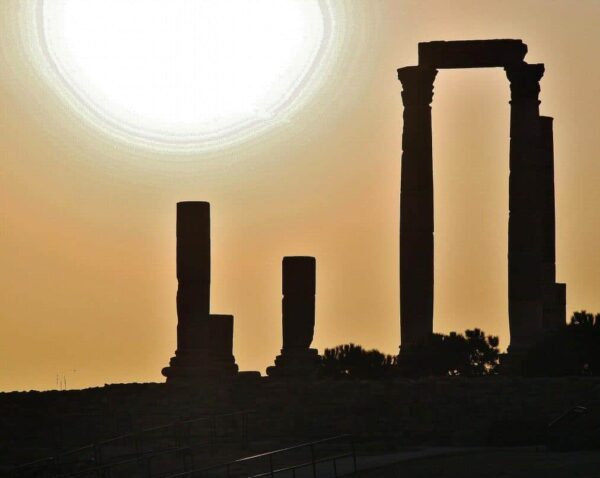
The result is that, in terms of receiving tourism, Jordan is a safe country and welcoming for visitors, where jihadist terrorist attacks, from which we are not exempt in Europe, have been a total exception.
History of Jordan
But facing you tourist visit, it is also important to be aware of the long history that these territories have had, which dates back thousands of years before Christ, with the presence of numerous civilizations, a history that you will discover during your trip through the country.
You will have a sample of this diversity of civilizations when you visit the Amman Citadel, archaeological site in one of the historic hills of the current capital.
There you will see concentrated remains of the Roman temple of Herculesa byzantine church from the 6th century, and a palace of the muslim dynasty the Umayyads, from the 8th century.

You will also surely go for the so-called King's Highway, a winding route through mountains and small towns that in its time traveled Moses, which later became an important commercial hub frequented by camel caravans.
Of course, you will discover the Nabataean civilization and the boom it had from the 106th century BC until the year XNUMX AD, when its main enclave of Petra It was occupied by the Romans.
There, in addition to the famous Treasure of Petra and numerous other nabataean tombs, you will also see a trilineo from the 5th century BC of the Nabataeans.
Not far from Petra There is a sanctuary at the top of the Mount Aaron, built in the 13th century to commemorate the death of the brother of Moses.
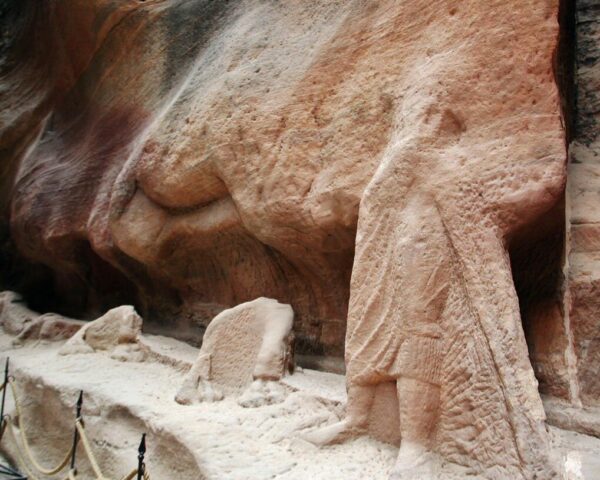
Of the importance that Roman presence had in the territories of current Jordan, a good example is the city of Jerash.
Occupied in 63 BC, it became one of the ten great Roman cities (Decopolis) from this region of the Middle East.
Now in your Jerash's visit You can see important archaeological remains.
You should also not forget that Jordan part of the Holy Land, which above all you will be able to verify during the visit of Bethany, the mythical place where Jesus was baptized by Juan Bautista, in one of the branches of the Jordan River.
Now you can visit the archaeological remains recently discovered, and see how on both shores of the Jordan river, the Jordanian and the Israeli, the rite of baptism is still repeated every day.
ORGANIZE your TRIP
- Don't forget your TRAVEL INSURANCE with a 5% discount
- Book the HOTEL for your trip
- RENT a CAR for your trip
- The best TOURS and EXCURSIONS in Spanish
- NO-LINE TICKETS for museums and monuments
- Best FREE TOURS around the world
- Book your TRANSFER from the airport
- eSIM card with INTERNET at the best price
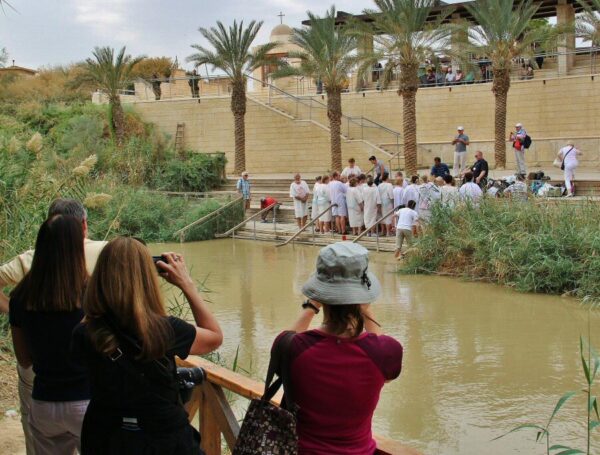
En Jordan You will also see the vestiges of the presence of Crusaders, with the possibility of visiting some of the castles that they left in those lands and, above all, the imposing castle of the ancient Karak fortress, with its labyrinth of passages.
And in the impressive Wadi Rum desert you will be able to remember one of the most important milestones in the history of the Arab countries, known as Arab Rebellion of 1916, when the tribes of the area united against the Ottomans with the goal of creating a unified Arab state.
On your tour through the desert you will see places where the revolt took place in which Lawrence of Arabia He was more than a protagonist, a witness.
In short, you route through Jordan It will be a continuous review of the history of civilization, which will fill your traveling experience with sensations.


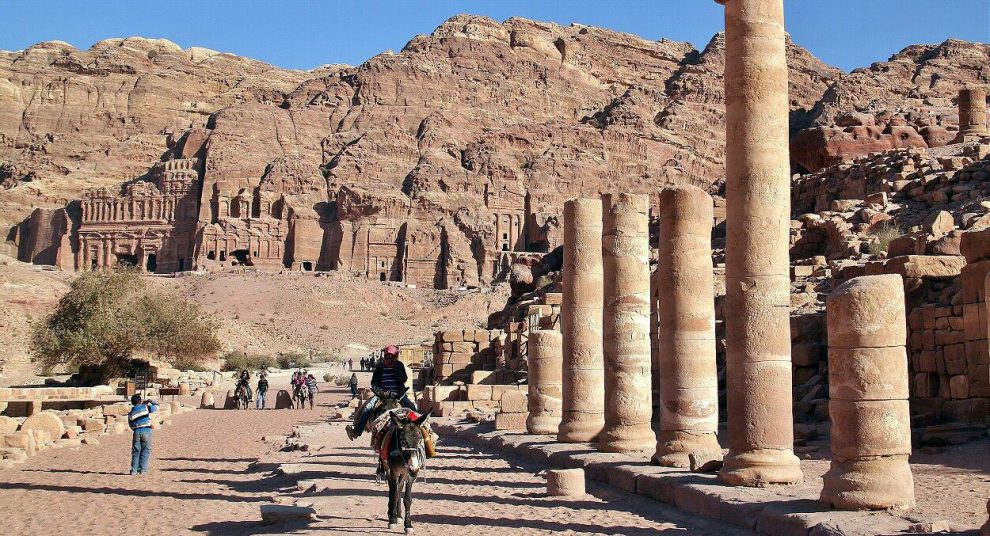
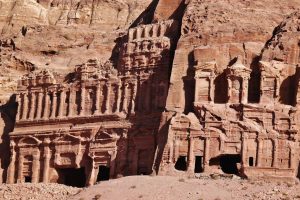
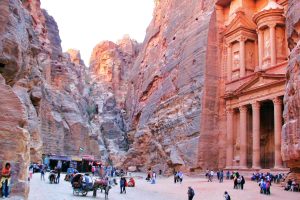










Comment